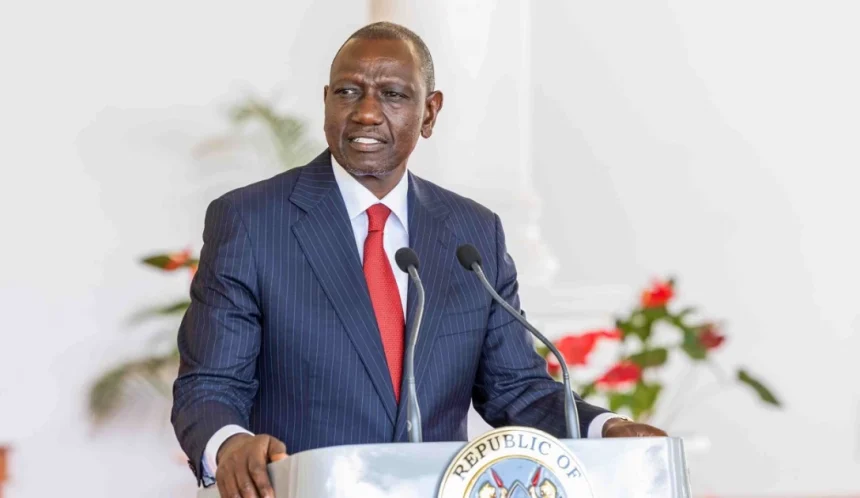President William Ruto said on Wednesday 1.2 million customers had been connected to the national electricity grid under the Last Mile Connectivity Programme while another 460,000 are set to benefit by 2026.
During the contract signing ceremony for improved access to electricity through mini-grids and stand-alone solar systems under the Kenya Off-Grid Solar Access Project (KOSAP) in Nairobi, Ruto said 63,000 out of 93,000 identified public facilities have been connected to power, including 22,900 public primary schools.
The President said 1,071 public facility projects were completed in the 2023/24 financial year and another 1,450 are underway in the 2024/25 financial year.
Contracts worth over Ksh.10 billion were signed on Wednesday; Ruto said 14 contracts would establish 113 mini-grids and take electricity to Turkana, Marsabit, Samburu, Isiolo, Mandera, Wajir, Garissa, Tana River, Lamu, Kilifi, Kwale, and Narok counties.
“Additionally, six contracts will ensure that 343 public health facilities, schools, and administrative offices are connected to electricity through stand-alone solar systems at a cost of Ksh.438 million,” he noted.
“A further 316 solar water pumps for boreholes, worth Ksh.1.6 billion, are in the final stages of procurement, ensuring that electricity not only lights homes but also powers essential services.”
At the same time, Ruto expressed Kenya’s commitment to achieving a 100 per cent clean energy grid by 2030.
He said diesel-powered stations are being hybridised with solar photovoltaic (PV) systems, and plans are underway to install an additional 8MW of solar power in Wajir County.
“In Lodwar, we are taking a bold and decisive step by shutting down the diesel power plant operated by Kenya Power and extending the national grid instead. This includes constructing 100km of 66kV power lines and a substation at a cost of Ksh.900 million,” added the President.



